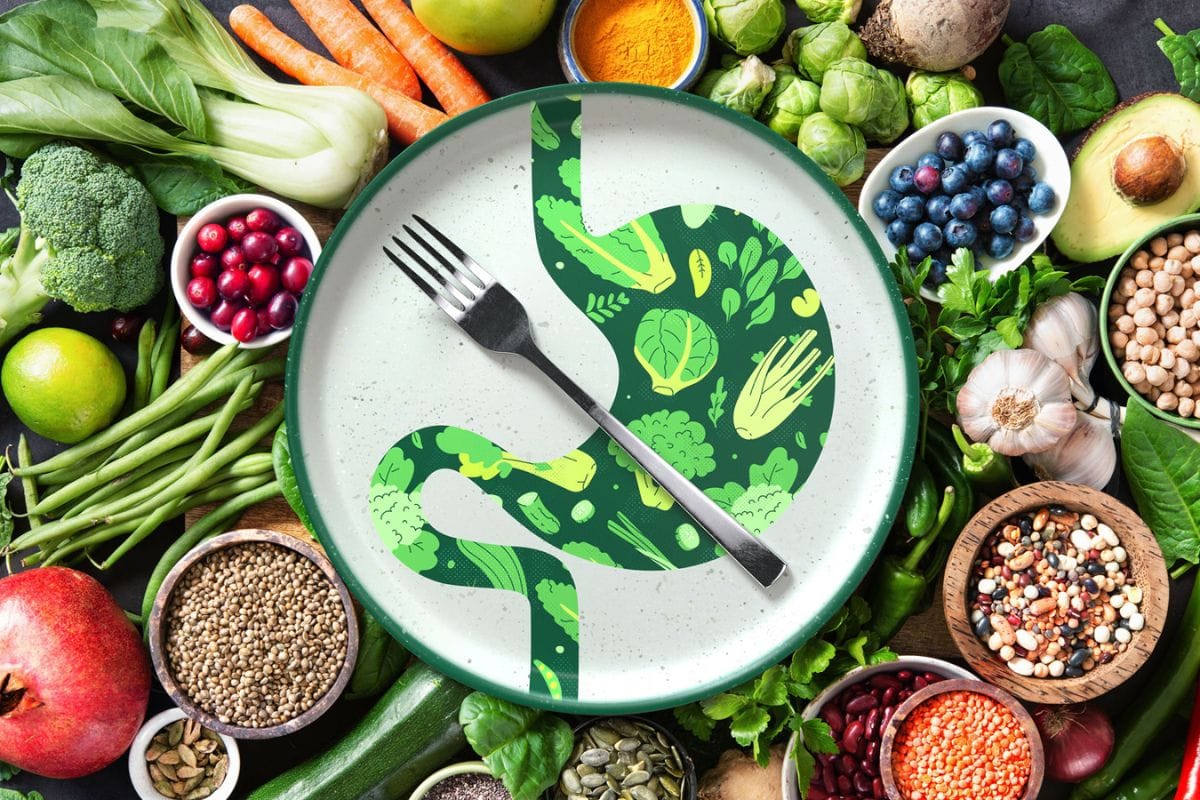As we settle into 2025, the food industry is undergoing a transformative shift towards healthier, more sustainable options. Gone are the days when food simply served to fuel our bodies; today, consumers are seeking more from what they eat. Enter functional foods—products designed not only to nourish but to provide specific health benefits, from boosting immunity to enhancing cognitive function. This rising trend reflects a broader desire for foods that do more, offering support for everything from mental clarity to digestive health.
But what can we expect in 2025 as the functional food market continues to evolve? Take a closer look at the key trends shaping this dynamic sector.
What Are Functional Foods?

Functional foods are those that offer additional health benefits beyond basic nutrition. Unlike regular foods that primarily provide energy and essential nutrients, functional foods are designed to promote overall well-being, prevent disease, or address specific health concerns. These foods are often enriched or fortified with ingredients like vitamins, minerals, probiotics, or bioactive compounds, making them nutritionally superior.
Examples of functional foods include probiotic-rich yogurt for gut health, fortified orange juice with calcium for stronger bones, and omega-3 enriched eggs for heart health. Naturally occurring functional foods, such as nuts, seeds, berries, and green tea, are also celebrated for their antioxidant properties and ability to reduce inflammation.
As consumer awareness grows about the link between diet and health, functional foods are becoming a staple in the modern diet. They cater to various needs, such as improving immunity, enhancing cognitive function, or supporting weight management which makes them an integral part of health-focused eating trends.
Key Characteristics of Functional Foods:
- Enhanced Health Benefits: Functional foods contain added nutrients or bioactive compounds such as vitamins, minerals, probiotics, antioxidants, or fiber, which target specific health goals.
- Disease Prevention: These foods may help reduce the risk of chronic conditions like heart disease, diabetes, or osteoporosis. For example, omega-3 fatty acids in fish can support heart health.
- Natural and Fortified Options: Functional foods can be naturally rich in health-promoting ingredients (e.g., blueberries rich in antioxidants) or fortified with additional nutrients (e.g., calcium-fortified orange juice).
Key Trends in Functional Foods for 2025

As functional foods continue to gain popularity, 2025 is set to witness several key trends that will shape the future of the industry. From personalized nutrition to sustainability, here are the most anticipated trends to look out for:
Personalized Nutrition
Advances in technology, such as AI and genetic testing, are allowing consumers to tailor their diets to individual needs. Personalized functional foods that address specific health goals, whether boosting immunity, improving digestion, or enhancing cognitive function, will become increasingly common. Customizable product offerings and nutrition apps will empower consumers to optimize their food choices based on personalized health data.
Adaptogens and Nootropics
Functional foods featuring adaptogens (like ashwagandha and Rhodiola) and nootropics (brain-boosting ingredients like lion’s mane mushrooms) are gaining popularity. These ingredients are known for their ability to reduce stress, enhance focus, and improve mental clarity. Expect to see these ingredients featured prominently in beverages, snacks, and supplements, as consumers seek natural ways to support both their mental and physical well-being.
Functional Mushrooms
Mushrooms such as reishi, chaga, and lion’s mane are becoming mainstream in functional food products. Known for their immune-boosting and cognitive-enhancing properties, these mushrooms are being incorporated into a variety of functional foods like teas, smoothies, and chocolates. Their versatility and health benefits make them a popular choice for consumers seeking natural wellness solutions.
Gut Health Focus
The importance of gut health is rapidly being recognized, with prebiotics and probiotics taking center stage in functional food development. Products that support digestive health, such as fermented foods (kimchi, kefir) and fiber-rich options, will continue to be in demand. Brands are innovating to create new, convenient ways to incorporate gut-healthy ingredients into everyday foods.
Probiotics and Postbiotics
While probiotics (live microorganisms that support gut health) remain a cornerstone of functional foods, postbiotics are emerging as a key ingredient. Postbiotics are by-products of probiotic bacteria that provide health benefits without the need for live bacteria. These ingredients are gaining traction for their ability to enhance gut health, reduce inflammation, and boost immunity, with many products beginning to include both probiotics and postbiotics for a comprehensive approach to digestive wellness.
Plant-Based Innovations
The plant-based trend is extending beyond meat substitutes to include plant-based versions of dairy, seafood, and even poultry. In 2025, plant-based functional foods will offer more nutritional value, with added functional ingredients designed to promote health. These innovations aim to cater to a growing consumer base that values sustainability and health-conscious eating.
Sustainability and Regenerative Agriculture
As consumers demand more eco-friendly options, regenerative agriculture practices will become more prominent. This method focuses on restoring soil health and increasing biodiversity, making it a key focus for companies seeking to offer sustainable, functional foods. Brands will increasingly emphasize transparency in sourcing and production to meet the growing demand for ethical and sustainable food choices.
Zero-Waste and Upcycled Foods
The zero-waste movement is expected to expand into the functional food space. Products made from upcycled ingredients, such as fruit peels, leftover grains, and vegetable stems, will offer a sustainable and nutrient-dense alternative. These foods will not only reduce waste but also provide consumers with nutrient-packed options that benefit both their health and the environment.
As consumers continue to seek foods that offer health benefits beyond basic nutrition, the functional food market is expected to expand, driven by innovations in ingredients, product development, and personalized nutrition.
Also Read:



















